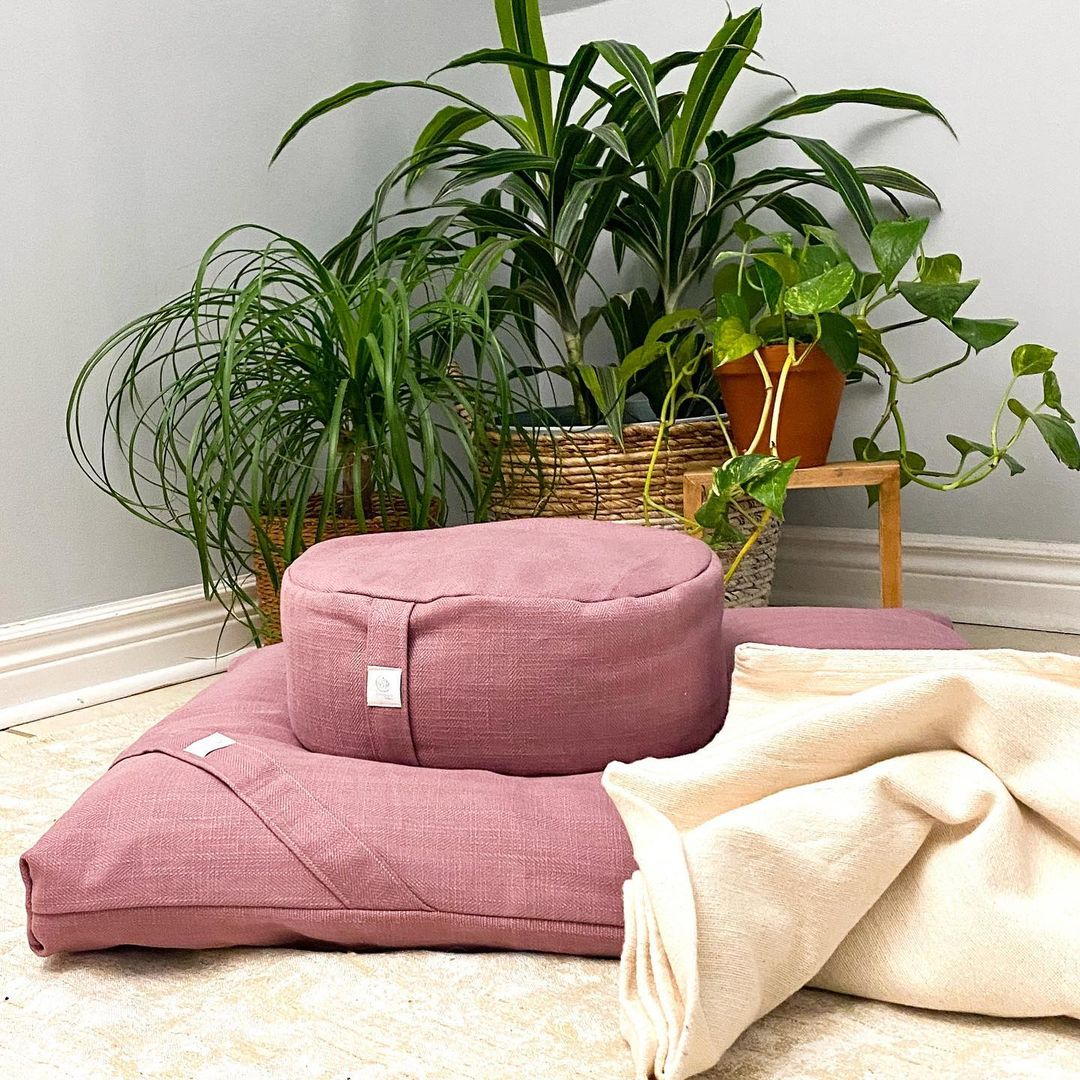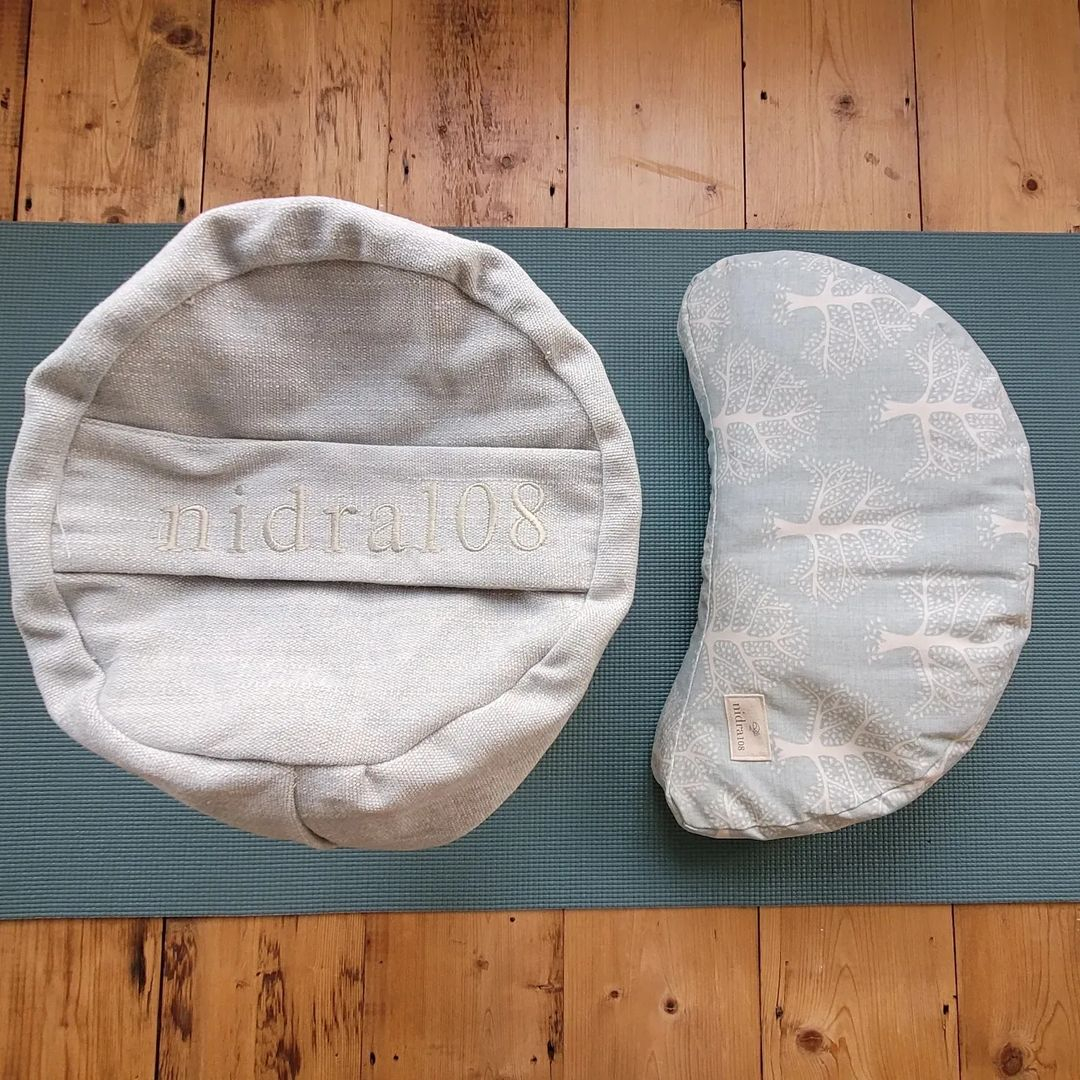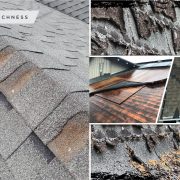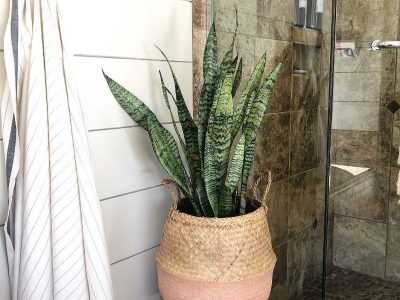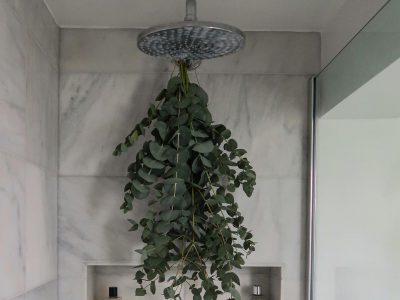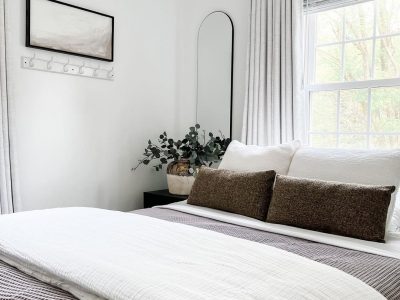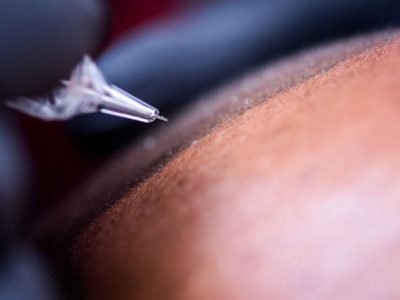Creating a personal yoga space at home can be an effective way to show yourself self-respect. By creating such a space, you can strengthen your dedication to the practice of yoga and establish a consistent routine. Yoga studios typically generate a sense of tranquility and serenity through elements like Buddha statues, aromatic candles, and appropriate lighting. Fortunately, you can replicate these components in your home to create an ideal yoga corner. The following tips can be useful for this purpose.
Declutter
To optimize your yoga space, it is crucial to keep it free of clutter. This means limiting the items to those that are either functional or decorative. Anything that does not serve these purposes should be eliminated, as clutter not only detracts from the aesthetic appeal of the space, but it can also be a source of distraction that hinders your focus during practice. A good way to begin is by purging all unnecessary items and starting with a clean slate, which is the easiest way to ensure that your yoga corner remains free of clutter.
Allocate enough space for your yoga mat
The most crucial aspect of establishing a yoga corner at home is ensuring that you have enough room to accommodate your yoga mat. With the abundance of yoga mat options available online, finding one that fits your designated space should be relatively easy. By securing a designated area for your yoga practice, you increase the likelihood of maintaining consistency. It is not necessary to have an entire room dedicated to yoga; a small section of your home with enough space to unroll your mat is sufficient.
Pick the right colors
Warm white and cool-toned colors are ideal for a soothing and calming atmosphere in your yoga corner. It’s advisable to use non-toxic paints as they promote environmental and personal health. Colors like blushing pink, orange, blue, and dark purple can help foster a sense of nurturing for both yourself and your surroundings. The aim is to select a color that encourages you to pursue your goals while maintaining a relaxed state.
Invest in prop
First thing first, yoga mat. When choosing a yoga mat for your home practice, there are several factors to consider. These include thickness, material, texture, and size. A thicker mat is better for those with joint pain, while a thinner mat is easier to carry and better for balance poses. Yoga mats are typically made of PVC, rubber, or natural materials such as cork or jute. PVC and rubber mats are durable and provide good traction, but are less eco-friendly, while natural mats are environmentally friendly but may be less durable.
Mats can be smooth or textured, with textured mats providing better traction for more active styles of yoga, and smooth mats being better for static poses. Mats come in different sizes, so consider your height and the space you have available for your practice. Ultimately, the best yoga mat for you depends on your personal preferences and the style of yoga you practice, as well as the price and durability of the mat.
While a yoga mat is the primary necessity for your yoga corner, it is advisable to have additional props as well. Here are some common props used for home yoga practice:
- Yoga blocks: When selecting yoga blocks for your home yoga practice, consider factors such as material, size, and shape. Cork and foam are common materials for yoga blocks, each with its benefits. Cork blocks provide more stability and durability, while foam blocks are lightweight and more affordable.

You can try using yoga blocks to maximize your practice. This block will help you perform yoga in a variety of poses and provide more stability and endurance. Yoga Block from @lili_gribouilli
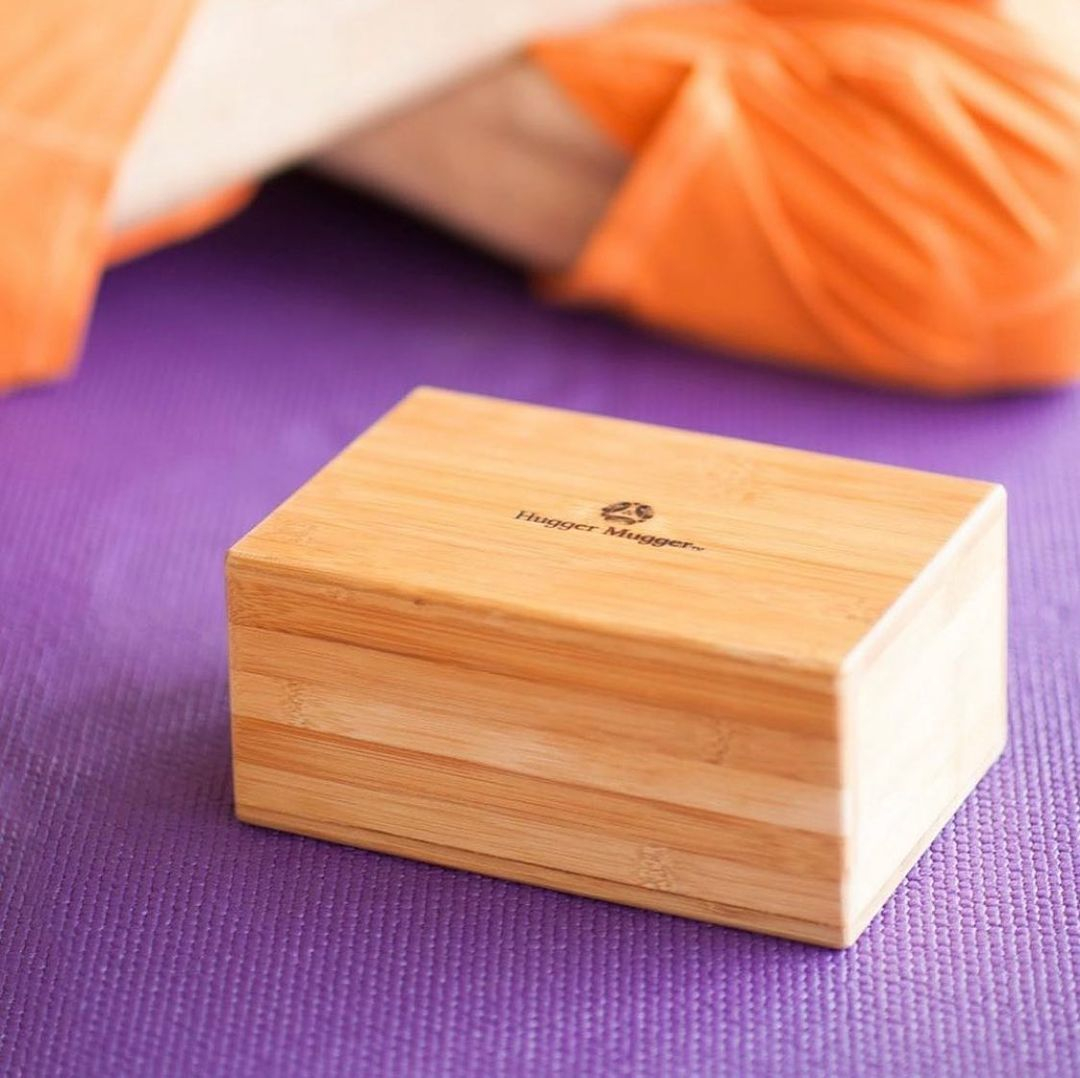
Yoga block is a support made to support yoga movements. For example, as an extension of the arms or support for the back, head and thighs so that yoga poses are done with precision. Choosing materials from bamboo will be more durable and more affordable. Bamboo Yoga Blocks from @huggermuggeryoga
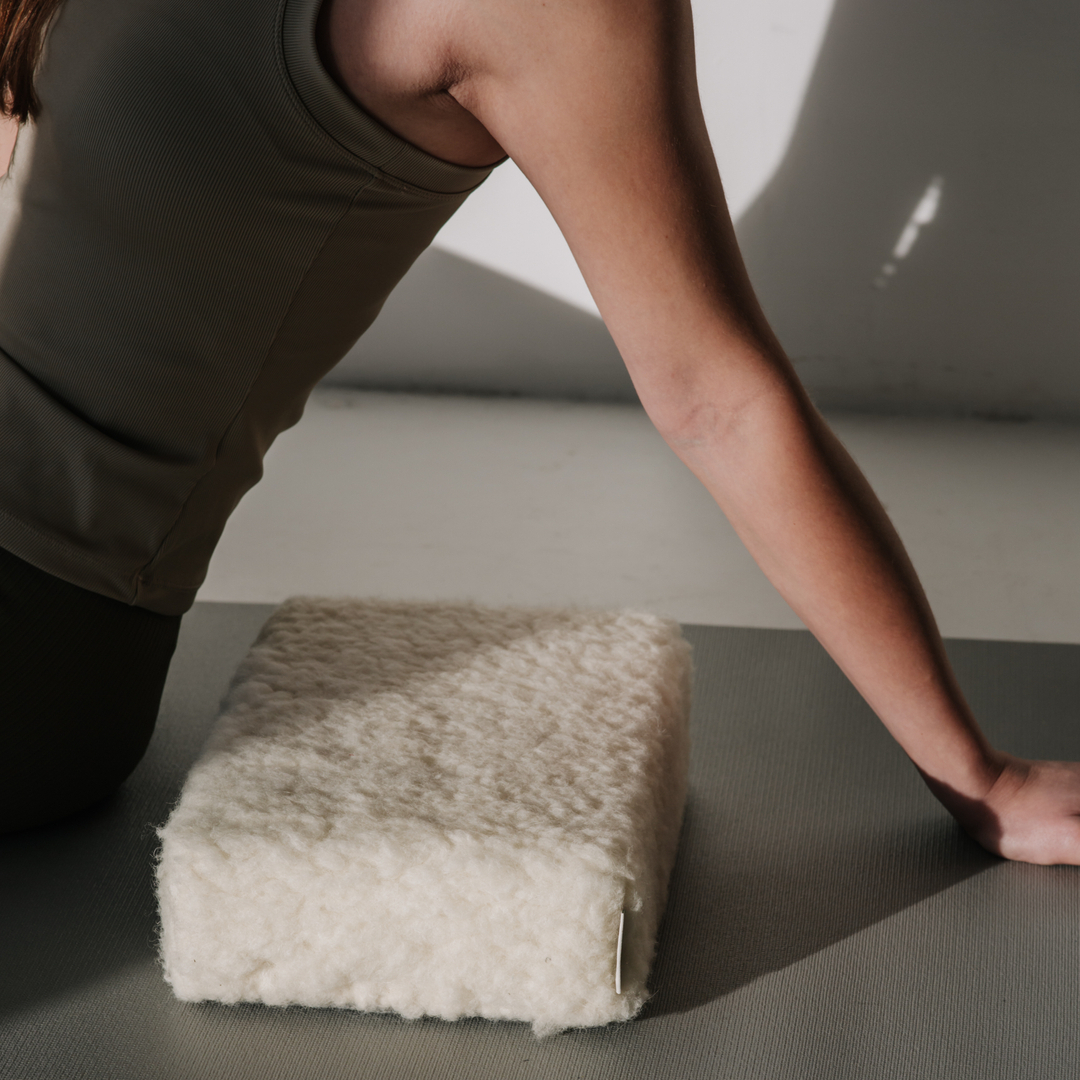
Wooden yoga blocks can be made from wood or bamboo. One that is quite widely used is teak wood. The harder the type of wood, the stronger and more durable the yoga block will be. The addition of this fluffy accent can give an attractive appearance and a soft impression. Flufy Yoga Block from @lapurna.yoga
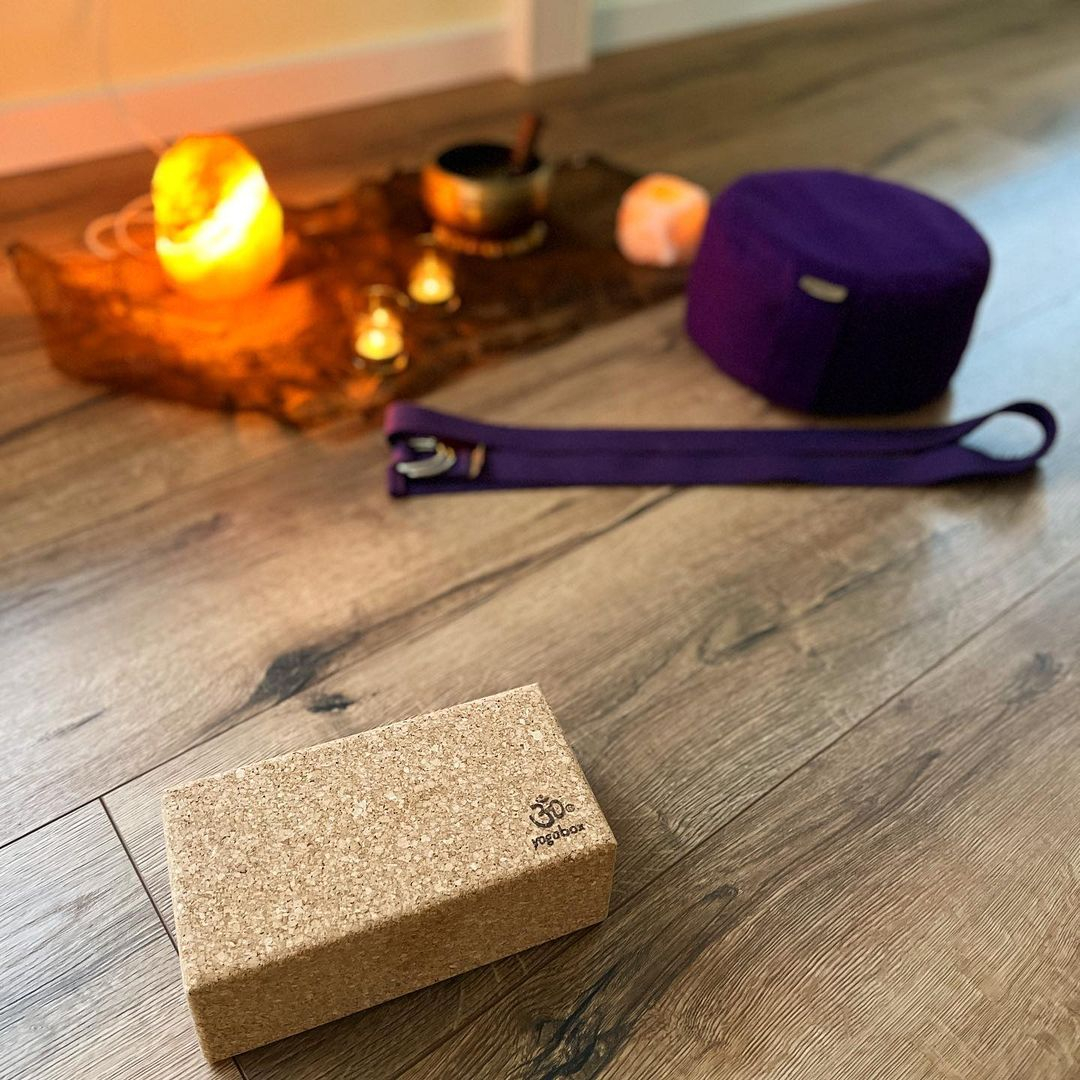
Using this yoga block will look comfortable and effective for doing yoga exercises. This will help improve flexibility, balance and overall fitness. Cork Yoga Block from @koerperzeit_
- Straps: Consider the length, material, and buckle type when choosing a yoga strap for your home practice. Longer straps are more versatile but may be harder to manage. Cotton and hemp straps are comfortable and eco-friendly, while nylon straps are durable and easy to clean. Metal buckles are more secure but may cost more than plastic buckles. Ultimately, the best strap for you depends on personal preference and the type of yoga you practice.

This strap is versatile and portable for you to use during yoga. They can be used for a variety of exercises targeting different muscle groups. This elastic shape is easy for you to use. Strap Yoga from @nunayogaperu
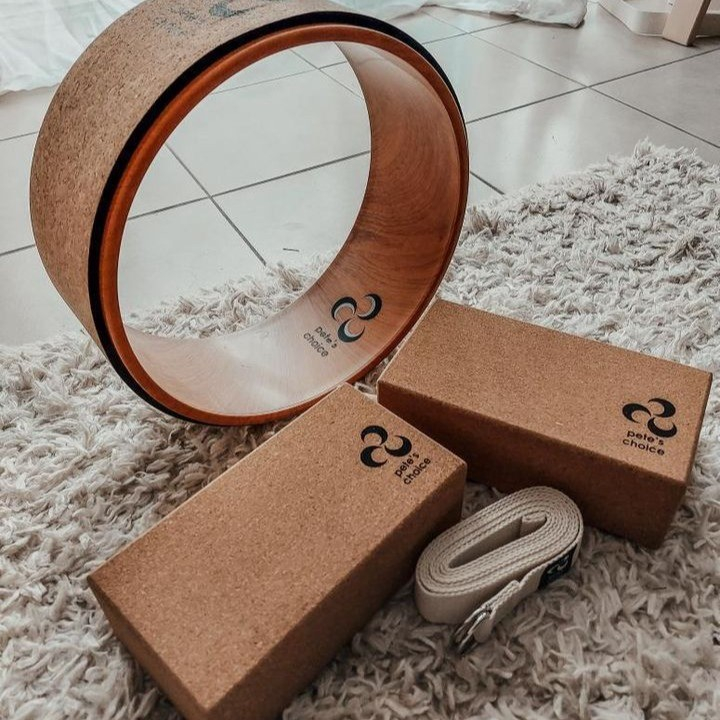
This equipment come in all shapes and sizes. It is suitable for you because it has a longer strap which makes it more flexible but may be more difficult to adjust. White Stripe Yoga from @petes_choice
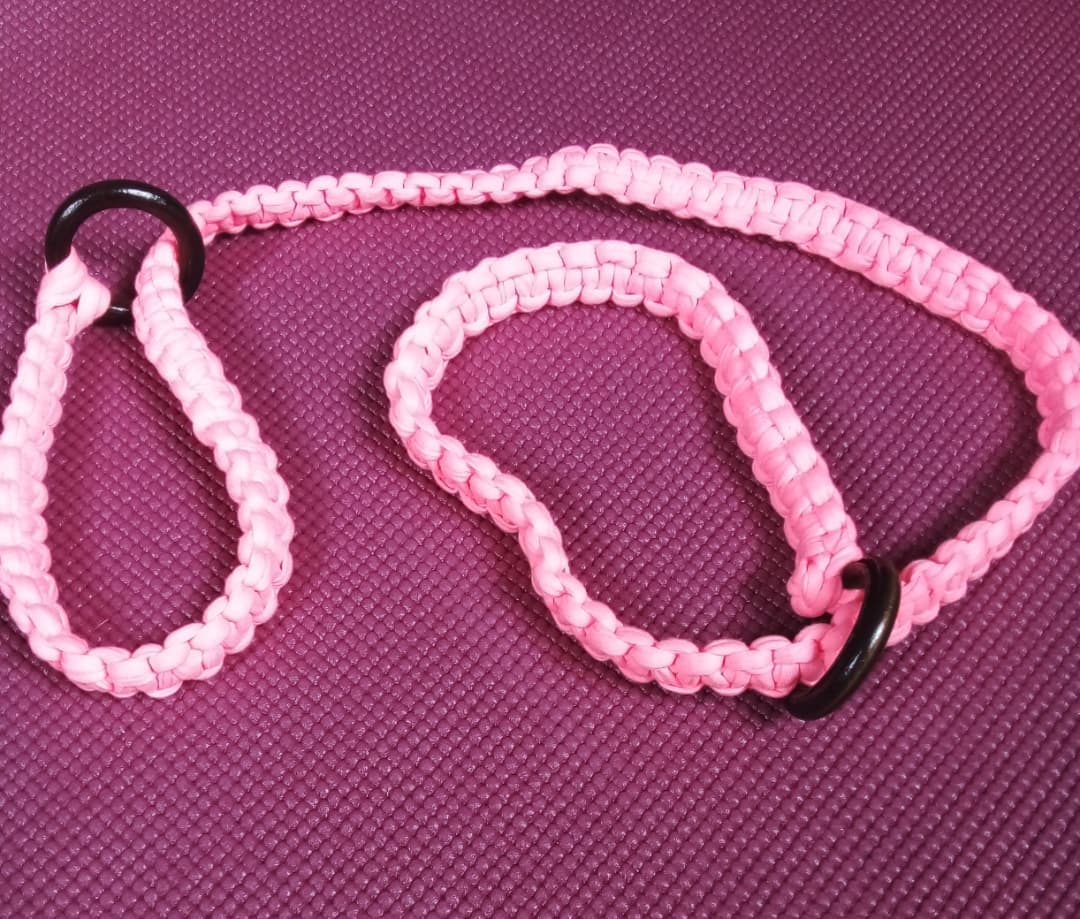
Yoga straps complete with metal buckles are safer but may cost more than plastic buckles. Using material from nylon rope is better since it durable and easy to clean. Strap Yoga Mat from @artezdapati
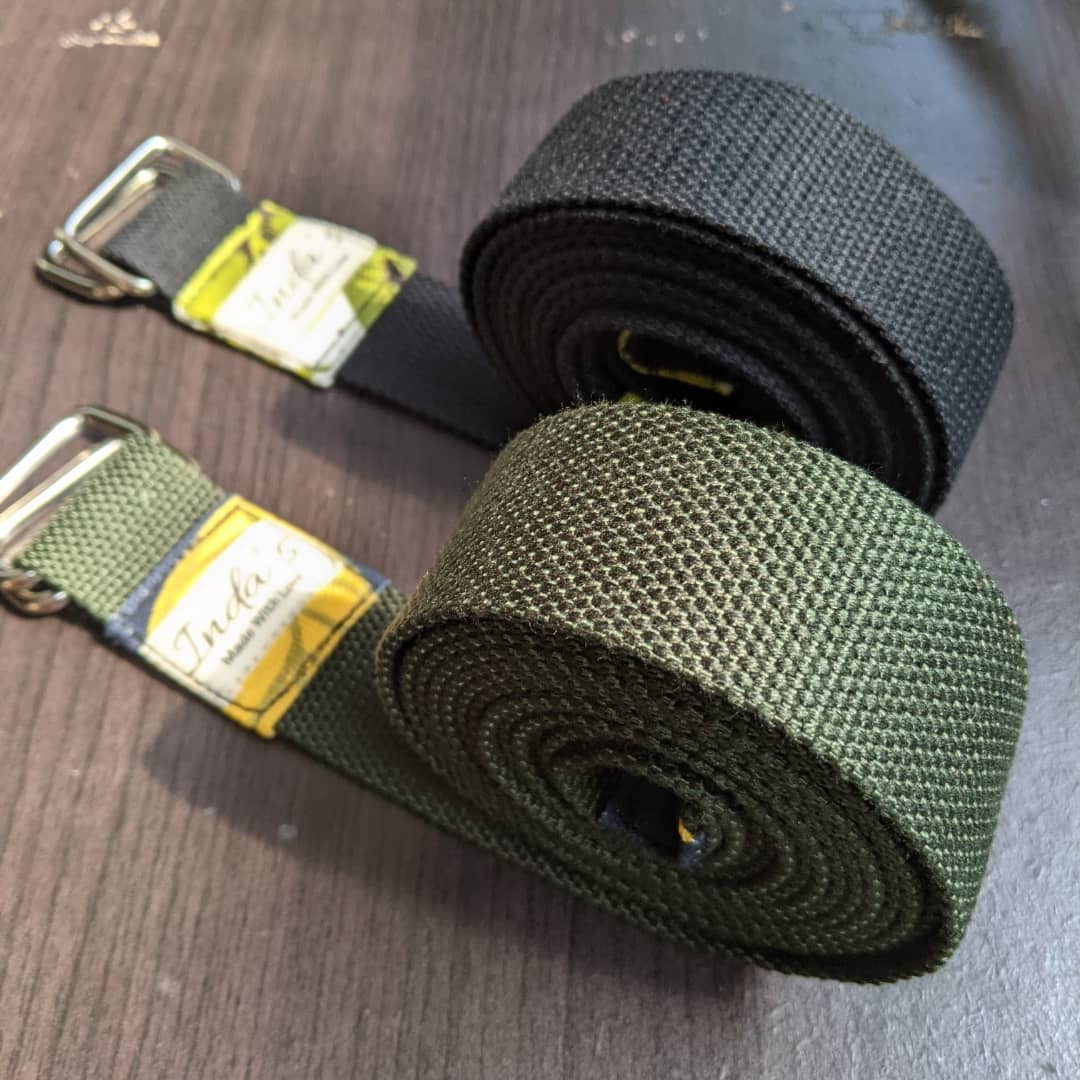
Choose a yoga strap with the right length and material for a better yoga practice. Using a yoga strap that has a metal buckle is safer when practicing at home. Strap yoga with Ring Metal from @indas_ofc
- Blanket: Using a blanket during your home yoga practice can be beneficial for various reasons. Firstly, it can provide extra cushioning and support for sensitive joints during seated or lying postures. Secondly, it can be used to cover yourself during the final relaxation pose, which can help you relax and maintain warmth.
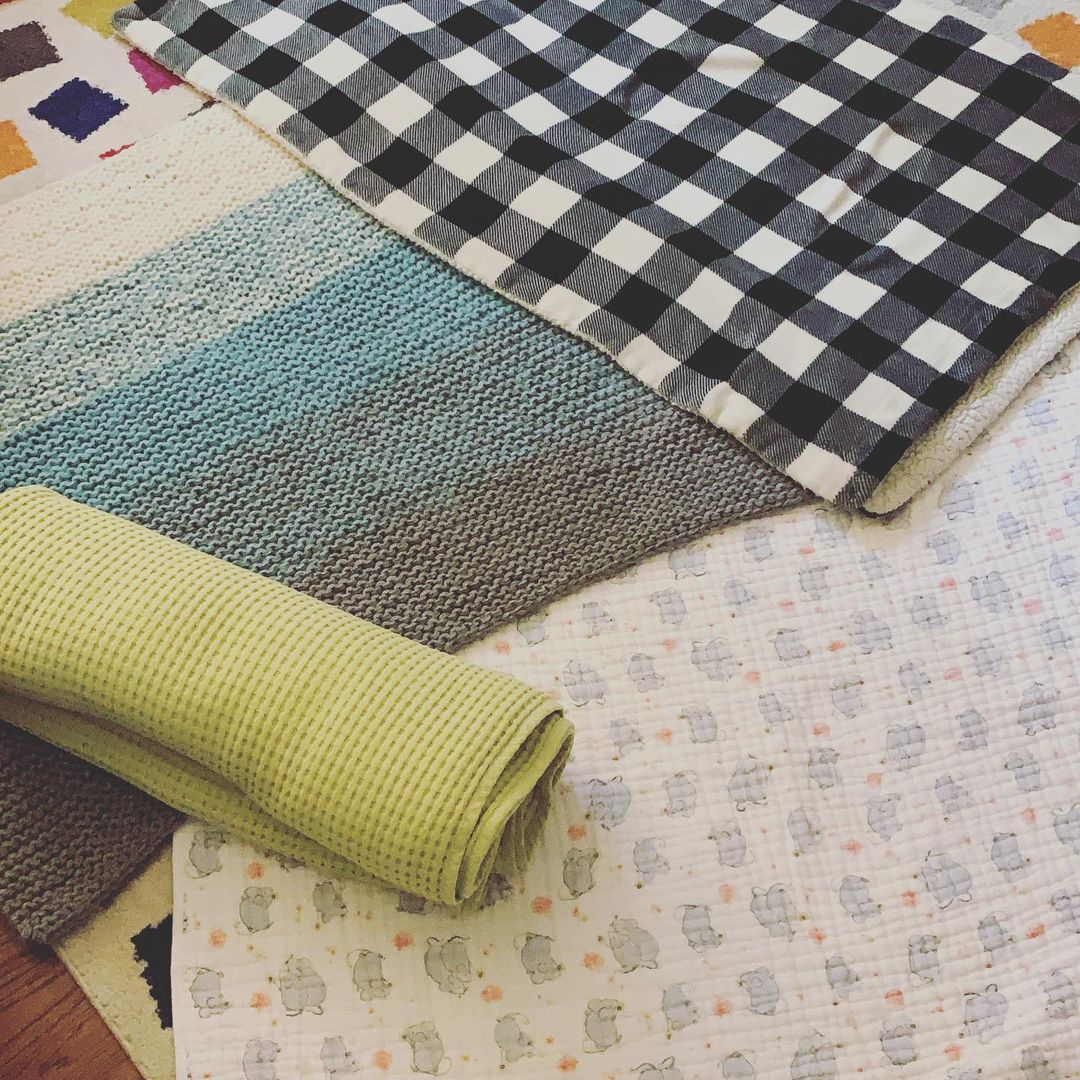
Adding a blanket during yoga practice will provide comfort and help you relax and stay warm. This blanket will also protect you during the final relaxation pose Yoga Blanket from @ehanehan

You can try using a blanket when doing yoga. This blanket can protect you during the final relaxation pose. Adding bolsters will also help you more. Blanket and Bolster Yoga from @yogasudhacenter
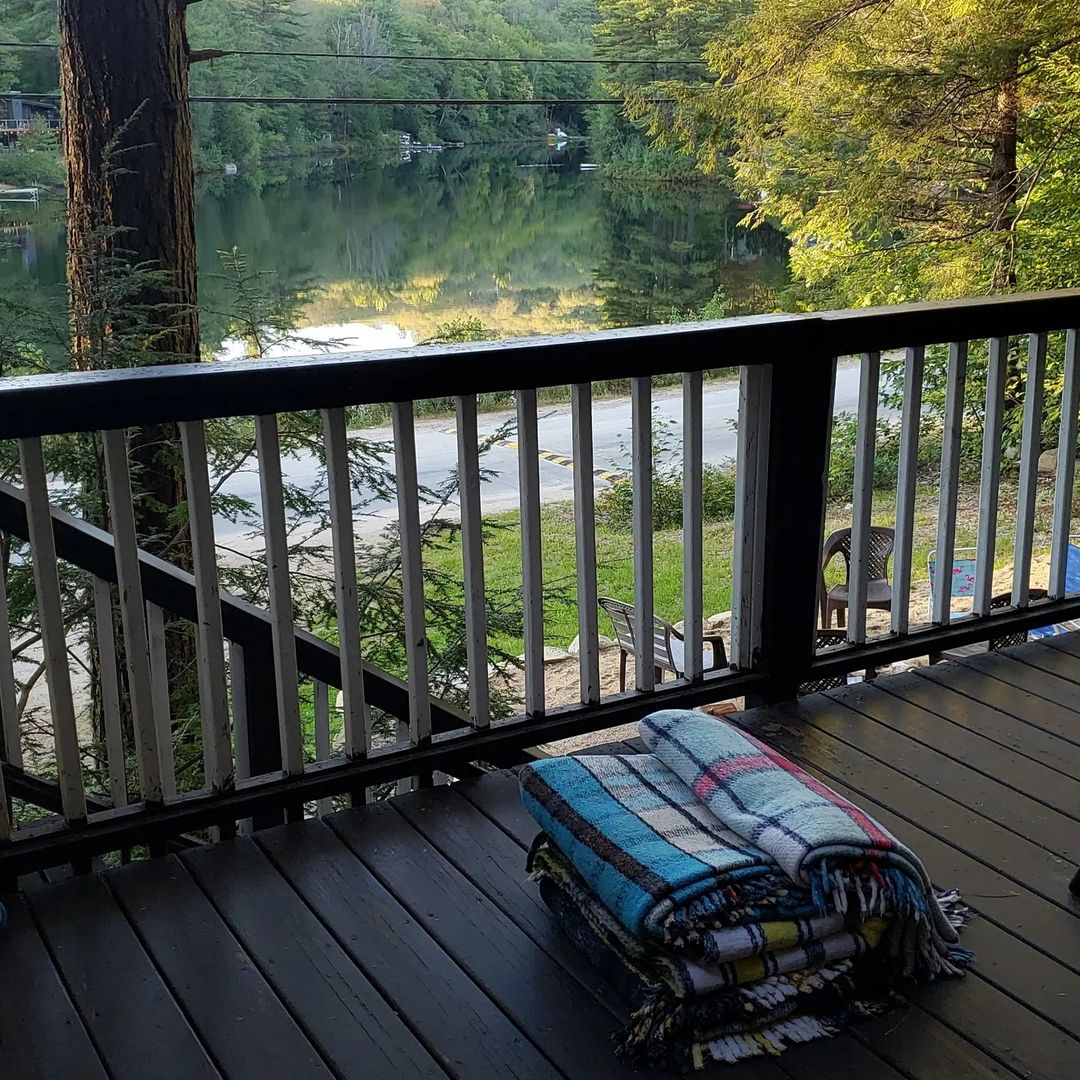
With this yoga tartan blanket you can create comfort and a warm feeling during yoga practice. This type of blanket can protect you during the final relaxation pose, which can help you relax and stay warm. Tartan Yoga Blanket from @leonora_centerforholisticarts
- Bolster: A yoga bolster is a long, narrow pillow that is often used to support the body during yoga practice.
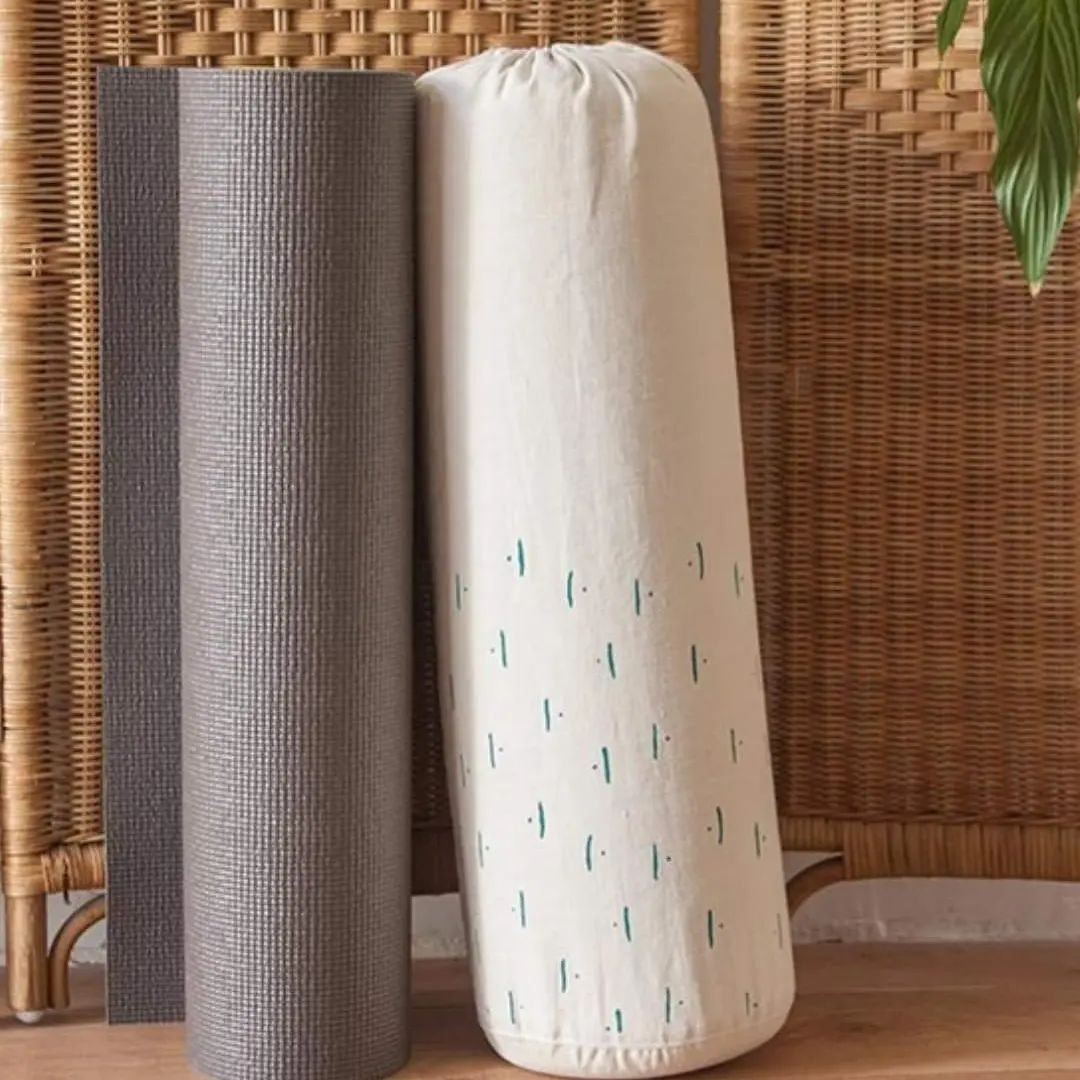
All you need when doing yoga is a bolster and a mat. This bolster will help you while meditate. Bolster and Mat Yoga from @atelier.ames.sensibles
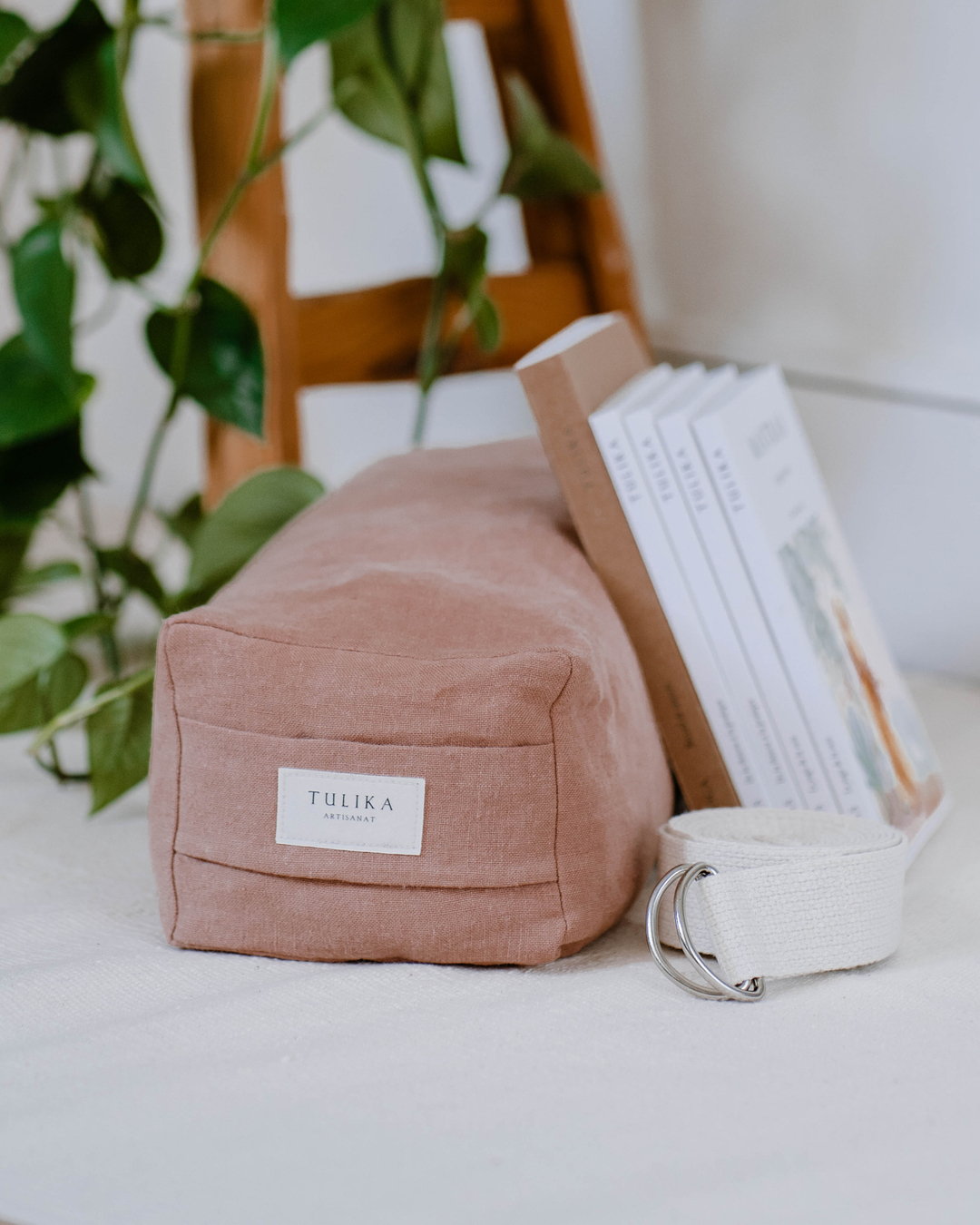
This small yoga roll is able to support your body during yoga practice. Small Bolster Yoga from @tulika.yoga
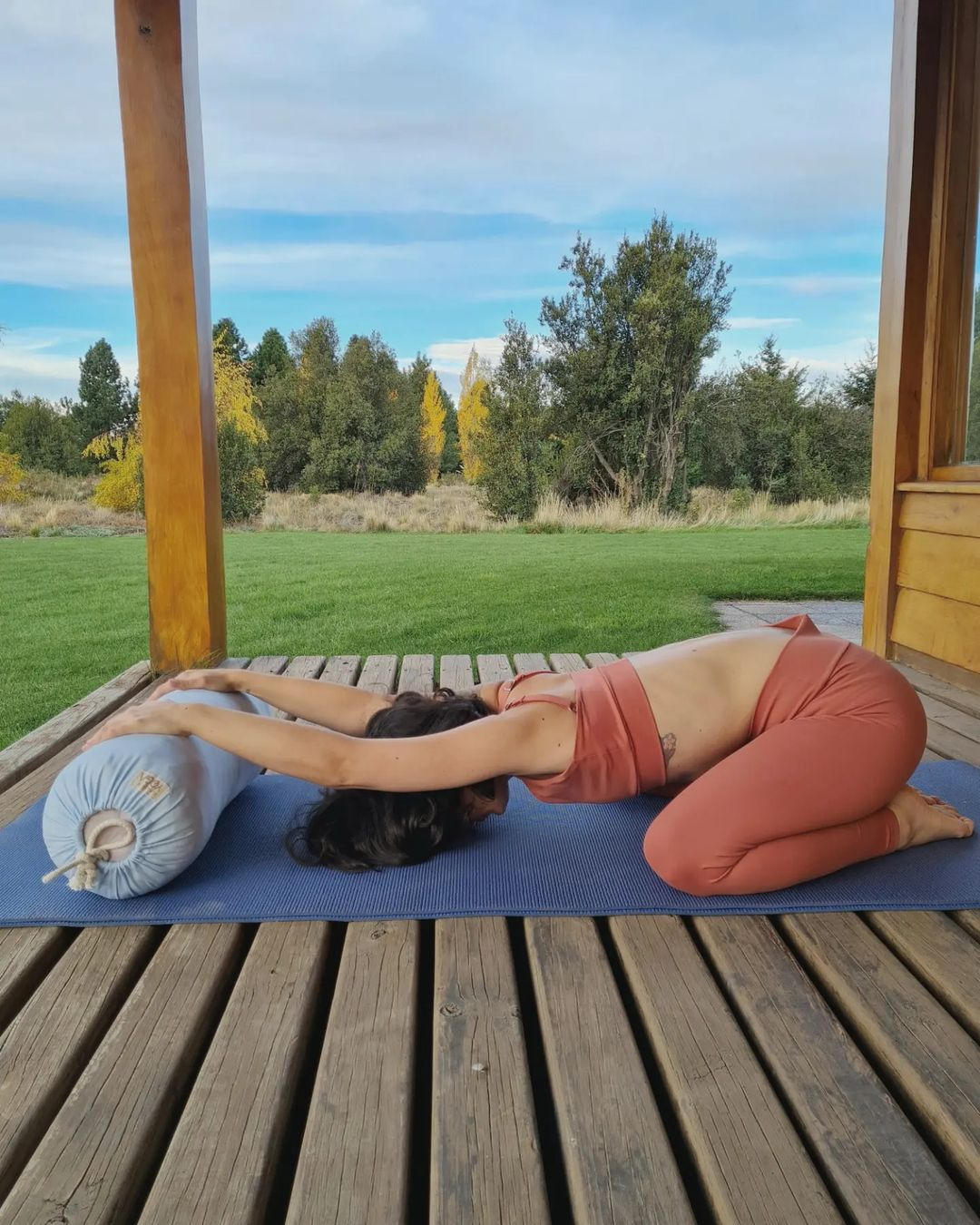
You can use a bolster to support your body during your yoga practice. Therefore you can use this bolster when meditation. Bolster Yoga from @almacendeyoga
- Yoga wheel: Yoga wheels can also be used to challenge balance and stability, making them a great tool for building strength in the core and other muscles. They can be incorporated into various yoga poses, such as backbends, hip openers, and inversions, to deepen the pose and improve alignment.

By using yoga wheel you can pose in various styles. Incorporating wheel yoga on your back to deepen the pose and improve alignment. Wheel Yoga Head from @meganhochheimeryoga
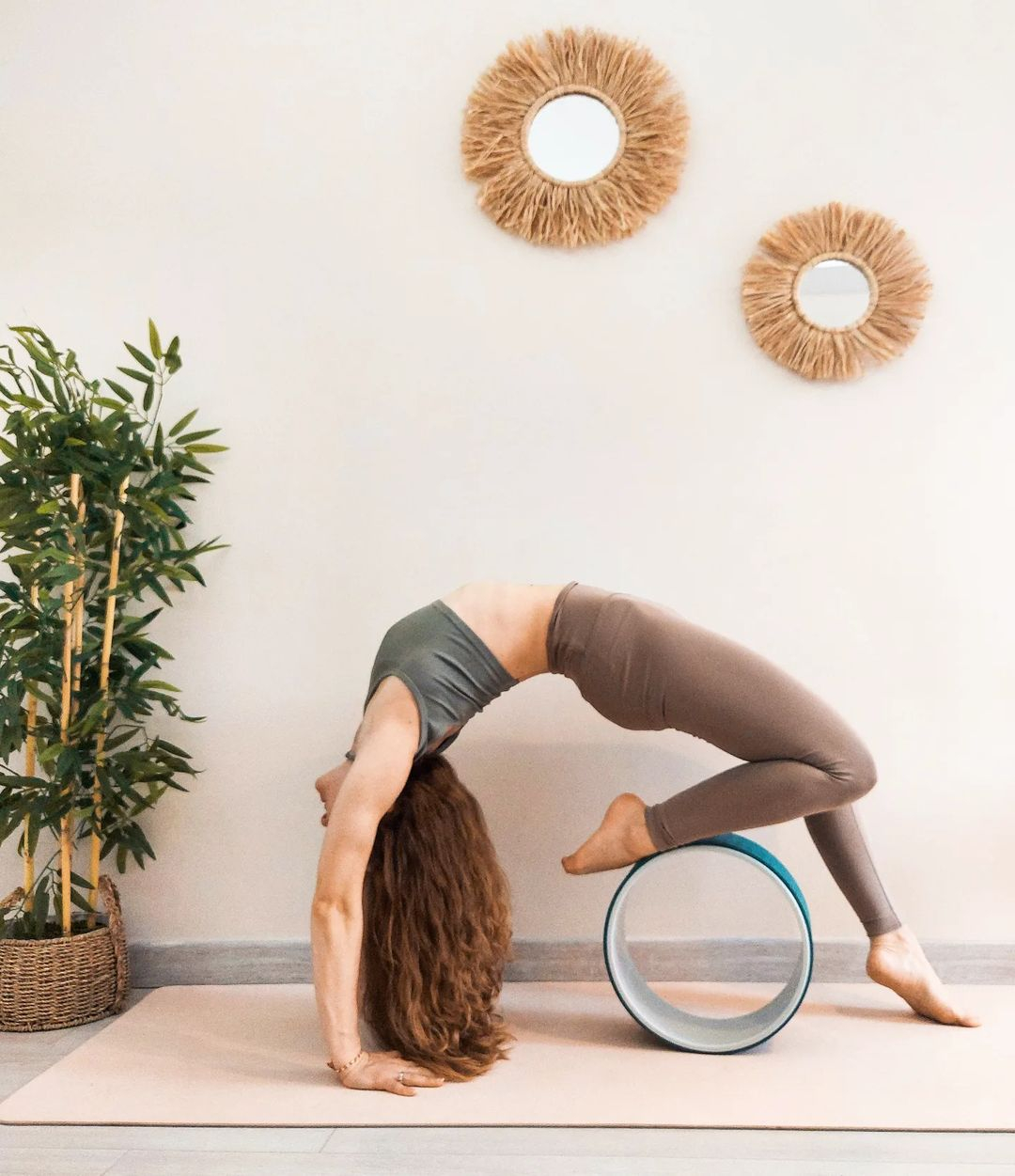
By using yoga wheel, you can extend your legs upward on the raised surface of the wheel for a nice stretch through your shoulders and chest. Blue Yoga Wheel from @yoginirem
- Meditation cushion: Meditation cushion is a helpful prop for those who practice meditation, as it provides physical support and comfort, promotes proper posture, and can contribute to a more effective and focused meditation practice.
- If back pain unsettles you, this Soul Crescent Chair Meditation Pillow for you might just be the answer. Using this pillow will help you do yoga.
- from @slofloworld

This meditation pillow is stylish, comfortable, and durable. It features a velvet soft cover with an embroidered mandala design. Inside, a removable organic buckwheat hull supports proper hip and spine alignment. Pattern Blanket Yoga from @fleurenfeeunmax

Complete your yoga equipment with meditation pillows and bolsters. These pillows and bolsters will promote proper posture, and can contribute to a more effective and focused meditation practice. Blanket and Bolster from @sofico_yoga_handmade

This meditation pillow provides physical support and comfort, promoting correct posture. These two pillows also can be used during meditation session. Meditation Cushion from @nidra108
- Yoga mat towel: Yoga mat towel can be a useful addition to your yoga practice. It can provide extra grip and prevent slipping on a sweaty mat, which can be especially helpful during a more vigorous or hot yoga practice.

Adding this yoga mat towel makes your yoga practice more comfortable. Using this kind of material will prevent slippage and provide extra grip on the mat. Mat Towel Yoga from @jmansfield_finearts

Opting for these colorful yoga mat towels will prevent slipping when you sweat. This idea can be helpful especially during a more extreme or hot yoga practice. Rainbow Towel Mat Yoga from @malenaboutiquetahoe
The type of prop you need may depend on the style of yoga you practice and your personal preferences.
Utilize lighting to create a particular ambiance
To create a suitable ambiance in your yoga corner, lighting plays an important role as it not only promotes visibility but also sets the right mood. You can use lighting techniques to induce a sense of tranquility. Installing dimmer switches and overhead lighting can help you achieve the right atmosphere, and incorporating colored lights can facilitate color therapy.
Candles are another option to set a relaxing tone in your yoga corner. Not only do they provide a soothing ambiance, but they can also introduce pleasant scents to your space. Additionally, try to take advantage of natural lighting as much as possible, as it can awaken both your mind and body and motivate you to practice. Natural light also promotes openness and can create an illusion of a larger yoga space.
Arrange your décor with purpose
To decorate your yoga space, it’s important to be intentional with the accessories you choose. Opt for items that hold meaning for you. Scented candles, for instance, not only look nice but also promote a calming atmosphere. Aromatherapy sprays can also be a welcoming addition to your yoga spot. Flowers, crystals, or statues can be used to represent your intentions. By incorporating meaningful accessories, you can transform your yoga corner into a place that you truly enjoy.
Make It Peaceful
Create a tranquil environment in your yoga corner by selecting a space that is free from disturbances and traffic. Choose a location with ample natural light and fresh air that allows you to move freely and stretch without any obstructions. If a separate room is not feasible, consider using a secluded patio, bedroom, or balcony for your practice.
Keep it clean
Maintaining a clean and organized yoga space is essential to encourage your daily practice. Always keep your corner tidy, and after practice, put away all the unnecessary items and clean the area. Even if you plan to use improvised props again the next day, store them away neatly.
Remember that you do not require a large area for your yoga practice at home. With just enough room to lay down a yoga mat, you can transform any part of your home into a serene and peaceful practice area where you can meditate, relax, and practice yoga.




